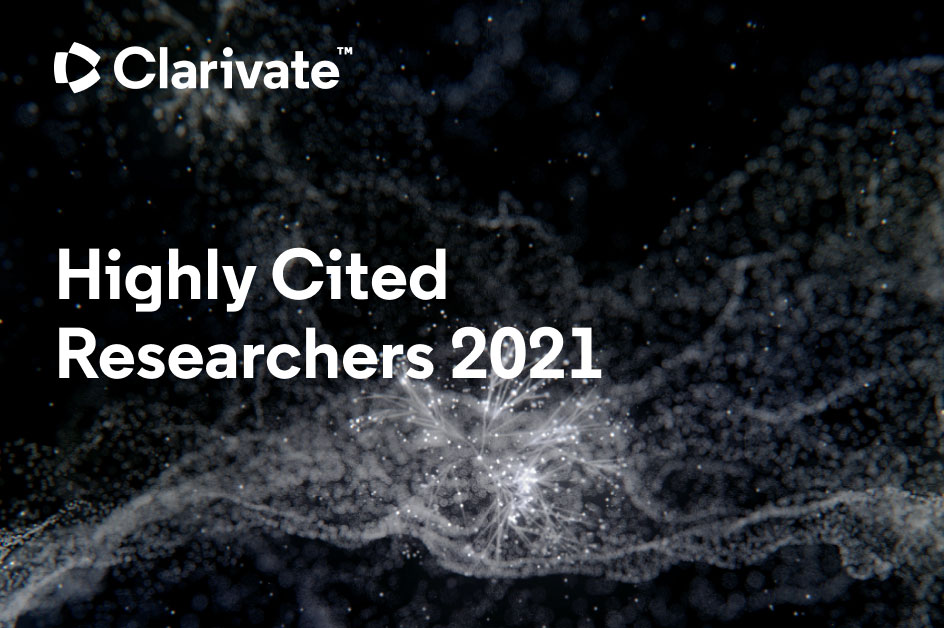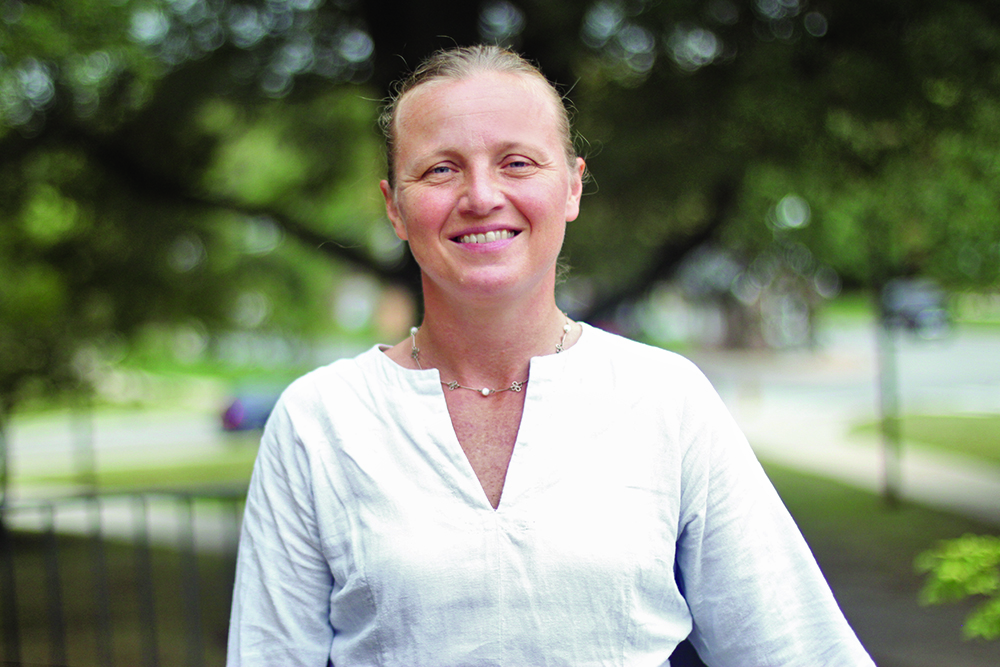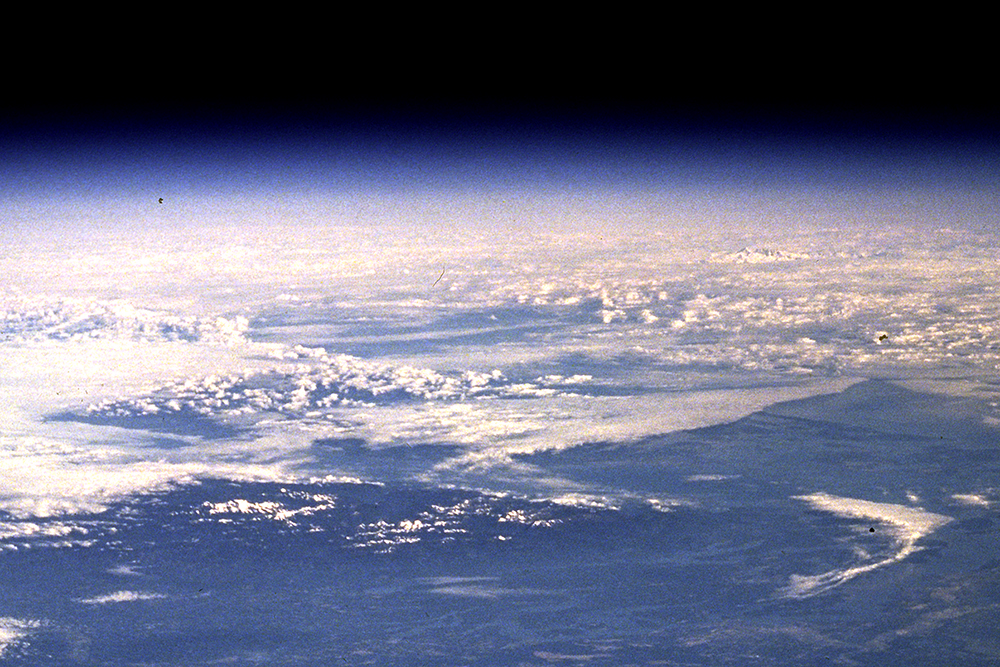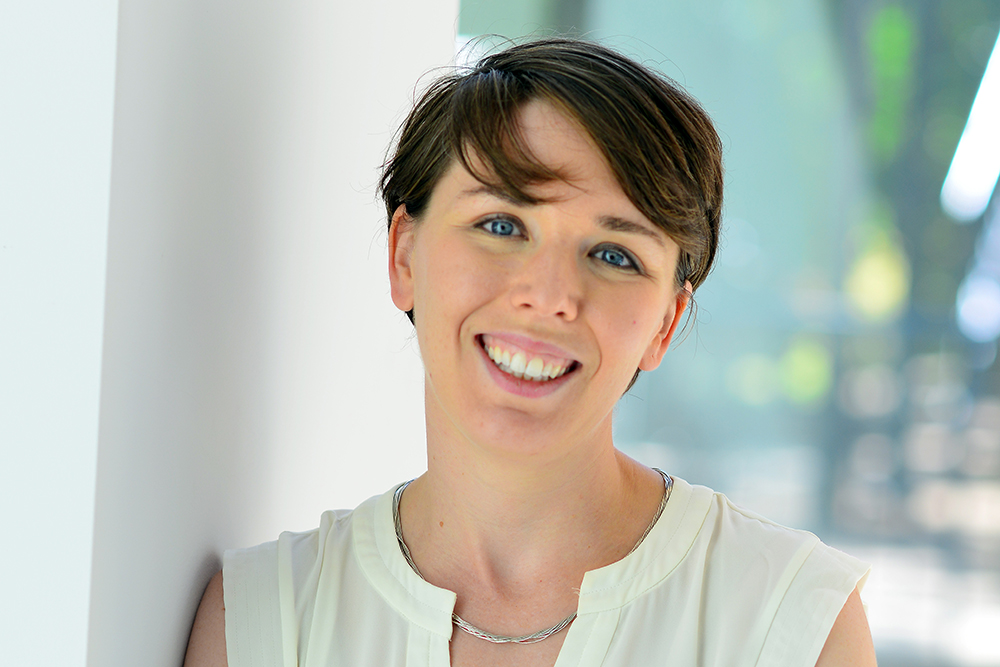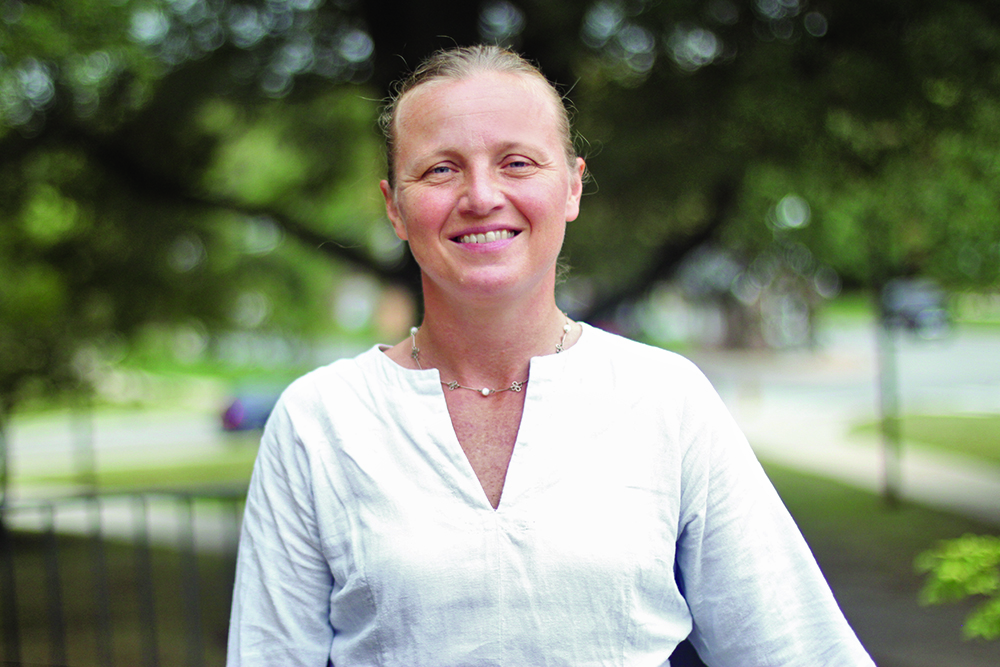News Story
First-of-kind Research Measures Gold Mining's Impact in Amazon

Catastrophic wildfires that ravaged parts of the Amazon rainforest this summer represent only one of the numerous threats facing a region that some dub “the world’s lungs.” Maria Rodriguez, a doctoral candidate in environmental engineering at UMD’s A. James Clark School of Engineering, has been studying the impact of mercury poisoning caused by illegal gold-mining operations—responsible, she says, for destroying large swathes of rainforest.
Local gold-seekers, many of them small-scale entrepreneurs operating without a permit, apply mercury to soil and river sandbanks, then burn the mix in order to isolate the treasured metal. The mercury is emitted into the atmosphere and casts deposits over the vegetation. But the technique also brings about long-term contamination that has turned once-verdant rainforest into a desert landscape.
“More than 100,000 hectares have been deforested in Peru alone over the past 20 years” as a result of artisanal gold mining. In addition to the loss of rainforest—a phenomenon linked to global warming—the use of mercury poses health hazards to local people who ingest the affected plants. It also impacts farmers, because the exposure of plants to mercury can lower crop yields.
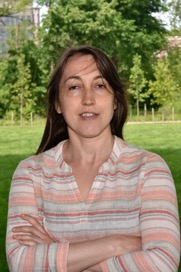 This summer, Rodriguez and her faculty mentors, Natasha Andrade and Alba Torrents, traveled to Peru to assist the environment ministry and a regional NGO, CINCIA, which is working to counter deforestation and bring about environmental restoration. Repairing the damage requires scientific analysis of the impact, and that’s where Rodriguez—who was awarded an International Graduate Research Fellowship that supported her initial on-site research—hopes to make a difference. She plans to return next summer to continue her work.
This summer, Rodriguez and her faculty mentors, Natasha Andrade and Alba Torrents, traveled to Peru to assist the environment ministry and a regional NGO, CINCIA, which is working to counter deforestation and bring about environmental restoration. Repairing the damage requires scientific analysis of the impact, and that’s where Rodriguez—who was awarded an International Graduate Research Fellowship that supported her initial on-site research—hopes to make a difference. She plans to return next summer to continue her work.
Reforestation efforts up until now have been hampered by insufficient data, she explains.
“There’s a program under way to reclaim the contaminated areas using a number of indigenous plant species that provide ecosystem services, like food or CO2 capture. But we don’t know enough about the level of contamination in the soil and air and how it affects these particular species. We can’t determine if the concentration of mercury in the soil will harm the plants unless we know the levels at which mercury becomes toxic for them. No studies currently exist with regard to these indigenous plants,” she said.
Rodriguez aims to fill in these gaps in the research by determining the toxicity reference value—in simple terms, a way of measuring the threshold for harmful exposure—of several species, including the plants commonly known as achiote, cocona, and yuca.
Her endeavor has the potential to shed light on a number of specific questions that are important for conservation and recovery efforts.
“Through tests and analysis, we can determine, for instance, which plant species are more likely to grow in the degraded soil. We can determine the extent to which the soil needs to be cleared before replanting, and we can make predictions about tree growth,” Rodriguez said.
“By obtaining this information and sharing it with CINCIA and the environment ministry, we hope to assist in strengthening the conservation effort,” she said. “The political will exists to take action to recover these areas, but data is needed for the effort to be successful.”
Published September 13, 2019

